The growth in rooftop PV capacity continues to drive new generation and demand records with data from Global Power Energy (GPE) NEMLog showing that rooftop solar’s share of the generation mix in Queensland reached more than 56% on Sunday.
Geoff Eldridge, data analyst at GPE NEMLog said within just 24 hours Queensland had notched record lows for demand and record highs for rooftop PV share, underscoring the rapid shifts underway in Australia’s energy market.
Rooftop solar contributed a record 56.4% share of generation in Queensland at 11.20am on Sunday, surpassing the previous record of 54.7% set at 12.40pm just one day earlier.
The growth of rooftop PV continues to erode daytime demand, with Queensland recording a new minimum operational demand of 2,790.0 MW at 11.30pm on Sunday, down 8.2% from the previous record of 3,040.0 MW set at 1pm on the previous day. Minimum market demand also hit a new low, dropping to 2,656.5 MW at 11.20am on Sunday, down 9.6% from 2,936.9 MW at the corresponding time on Saturday.
Eldridge said the steep fall in operational and market demand from Saturday to Sunday illustrates how quickly new capacity is reshaping system conditions.
“Queensland is entering a phase where rooftop PV frequently meets, and at times exceeds, local market demand during mild weather periods,” he said in a post on LinkedIn, adding that “this creates both a challenge for system stability and an opportunity for flexible storage, demand response, and new forms of local balancing.”
Eldridge said with spring conditions ahead, it’s likely records will be tested across not only Queensland but the broader National Electricity Market (NEM), noting the challenge is less about setting new records than about what comes next.
“As renewable shares climb, curtailment risk, balancing requirements, minimum operational demands, and system stress become more visible,” he said, adding that the opportunity lies in flexibility – batteries, interconnectors, and smarter demand response – to ensure record output translates into system benefit rather than wasted energy.
“The next milestone of 50% wind and solar will not just be symbolic, but a test of how well the market can integrate weather-driven supply into dispatch and pricing frameworks,” he said.
This content is protected by copyright and may not be reused. If you want to cooperate with us and would like to reuse some of our content, please contact: editors@pv-magazine.com.
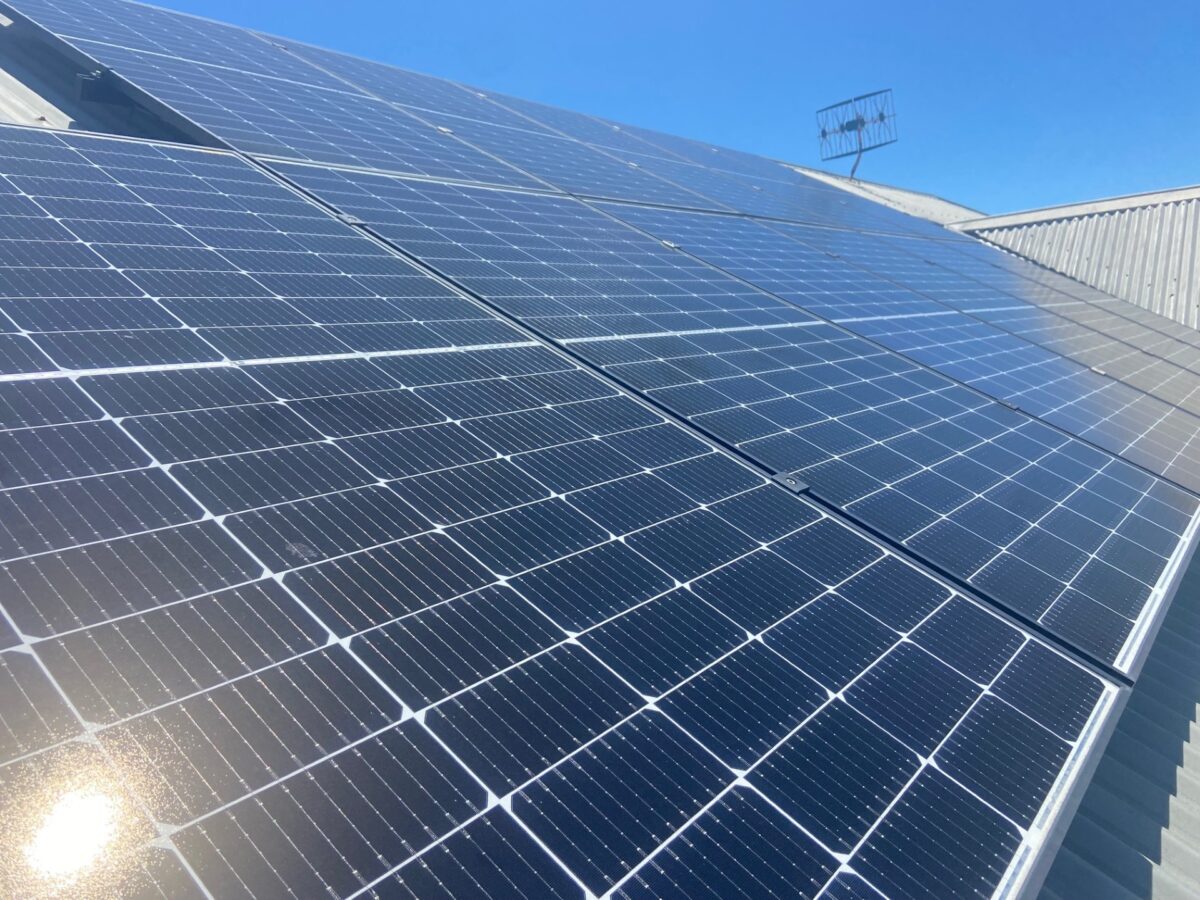
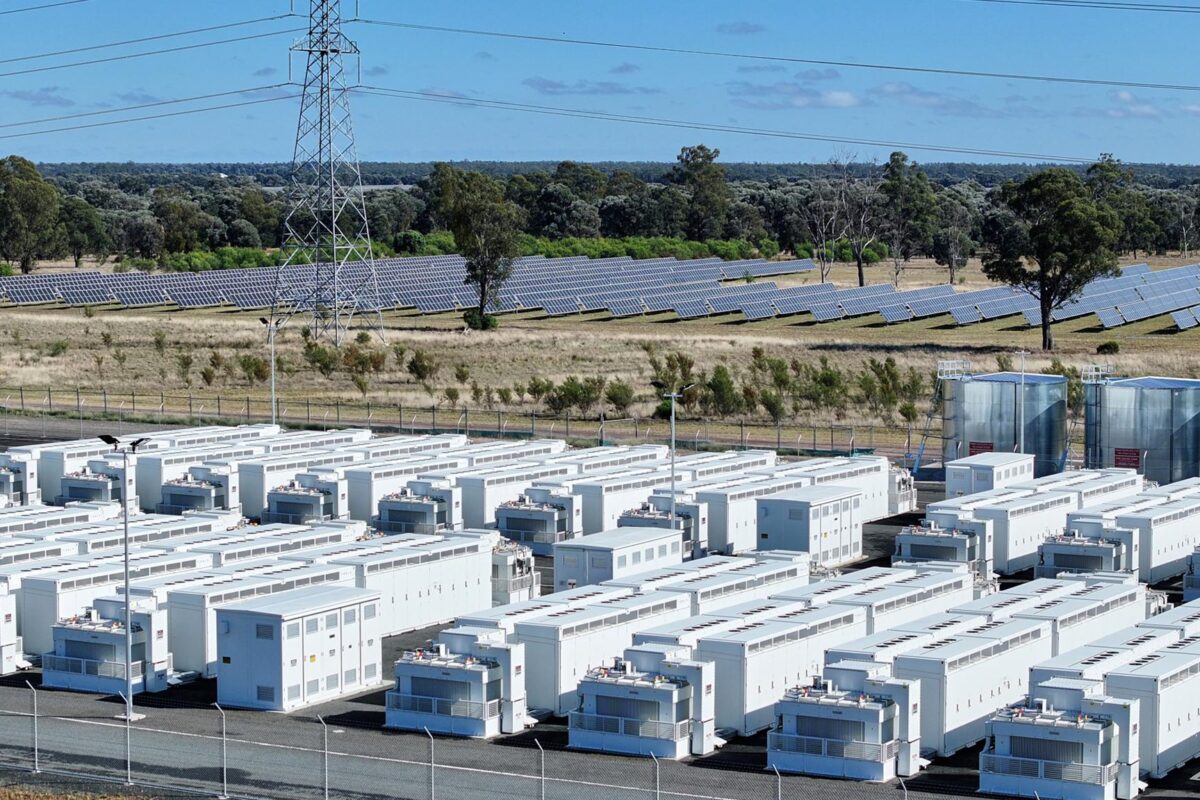




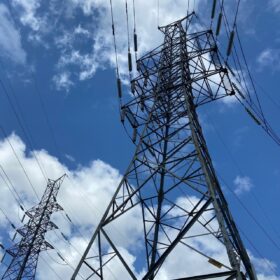
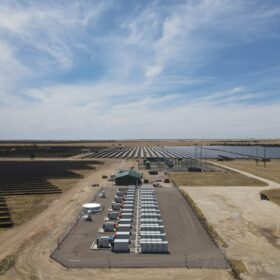
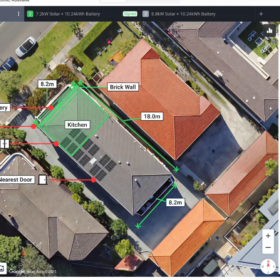
By submitting this form you agree to pv magazine using your data for the purposes of publishing your comment.
Your personal data will only be disclosed or otherwise transmitted to third parties for the purposes of spam filtering or if this is necessary for technical maintenance of the website. Any other transfer to third parties will not take place unless this is justified on the basis of applicable data protection regulations or if pv magazine is legally obliged to do so.
You may revoke this consent at any time with effect for the future, in which case your personal data will be deleted immediately. Otherwise, your data will be deleted if pv magazine has processed your request or the purpose of data storage is fulfilled.
Further information on data privacy can be found in our Data Protection Policy.